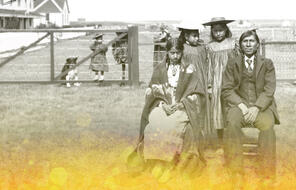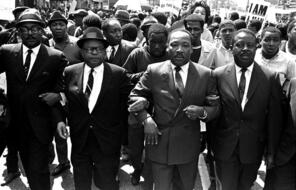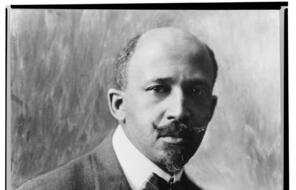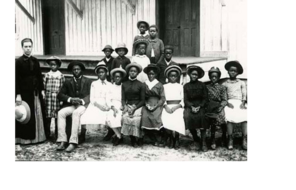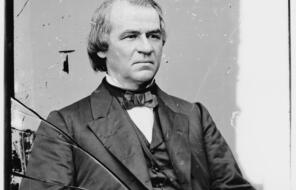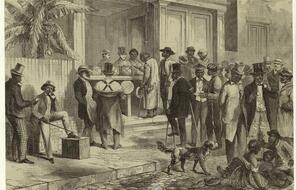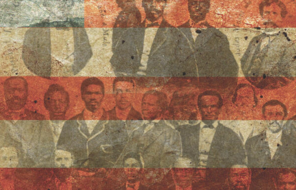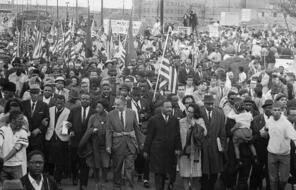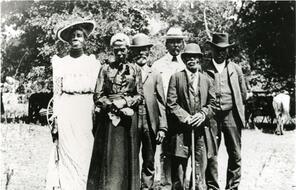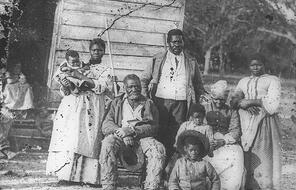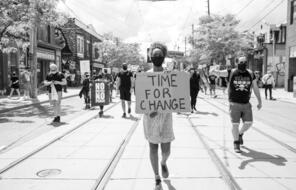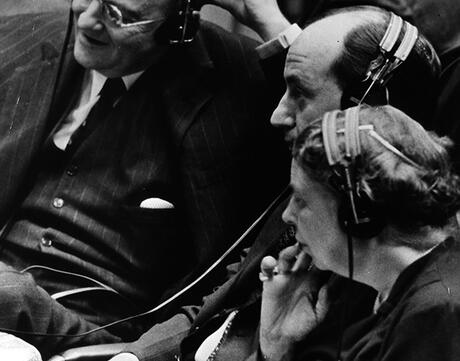
Complicating the Universality of Human Rights
At a Glance
Language
English — USSubject
- History
Grade
11–12Duration
One 50-min class period- Human & Civil Rights
Overview
About This Lesson
Because of the text complexity and the understanding students need to have of global politics at the outbreak of the Cold War, this lesson is most appropriate for students in grades 11 and 12. If you are teaching younger students, you can skip ahead to the next lesson, Making Rights Universal.
In the last lesson, students learned about the process by which representatives from nine countries, led by Eleanor Roosevelt, the chairperson of the UN Commission on Human Rights, drafted the Universal Declaration of Human Rights (UDHR). The document was approved by the United Nations General Assembly on December 10, 1948. Over the course of almost three years of sometimes contentious negotiations, representatives from Asia, Europe, North and South America, and the Middle East (most of Africa was still ruled by colonial powers) debated not only cultural issues but politics as they tried to find common ground.
In this lesson, students will consider the challenges that Roosevelt and members of the commission faced in enumerating the rights of every person on this planet. To understand the tensions that emerged between nations with different cultures, values, and systems of beliefs, students will examine a range of perspectives that the commission took into account when drafting the UDHR and will then consider the consequences of a world that cannot agree on universal rights for all people.
Preparing to Teach
A Note to Teachers
Before teaching this lesson, please review the following information to help guide your preparation process.
Lesson Plan
Activities
Materials and Downloads
Quick Downloads
Download the Files
Get Files Via Google
Complicating the Universality of Human Rights
Defining Universal Human Rights
Making Rights Universal
Unlimited Access to Learning. More Added Every Month.
Facing History & Ourselves is designed for educators who want to help students explore identity, think critically, grow emotionally, act ethically, and participate in civic life. It’s hard work, so we’ve developed some go-to professional learning opportunities to help you along the way.
Exploring ELA Text Selection with Julia Torres
On-Demand

Working for Justice, Equity and Civic Agency in Our Schools: A Conversation with Clint Smith
On-Demand

Centering Student Voices to Build Community and Agency
On-Demand



